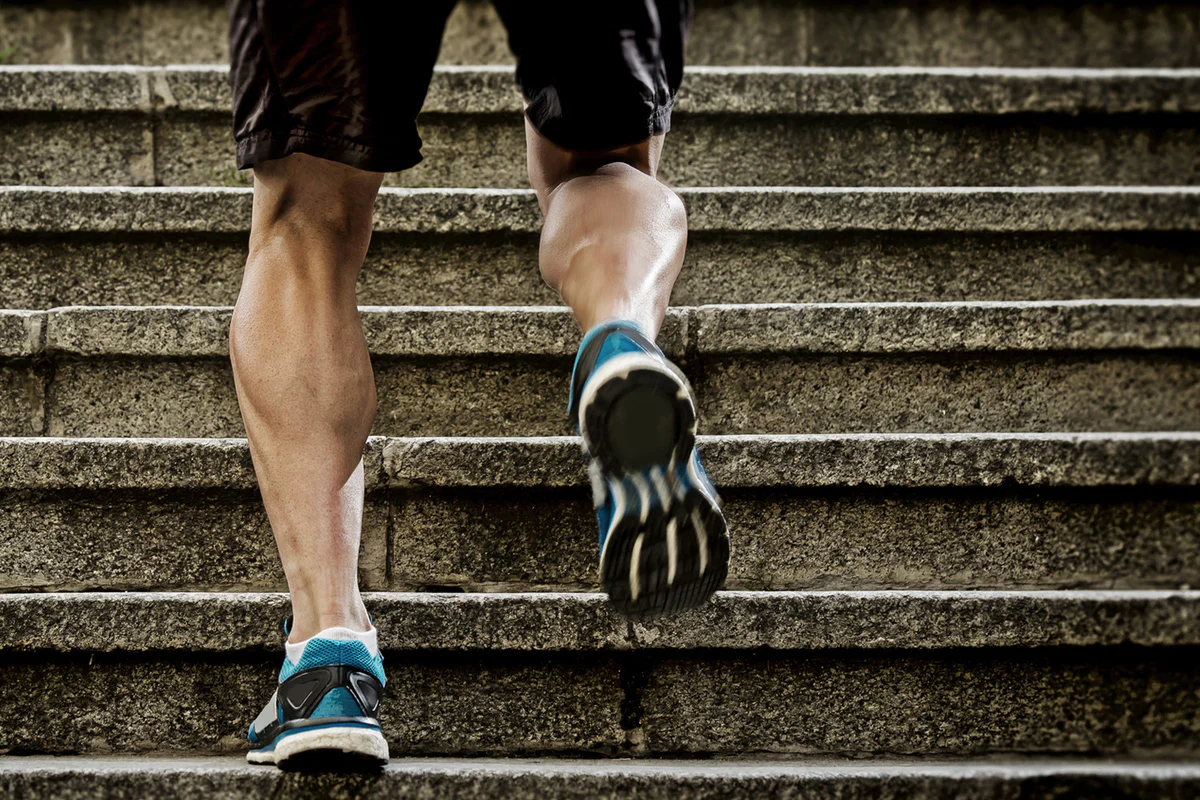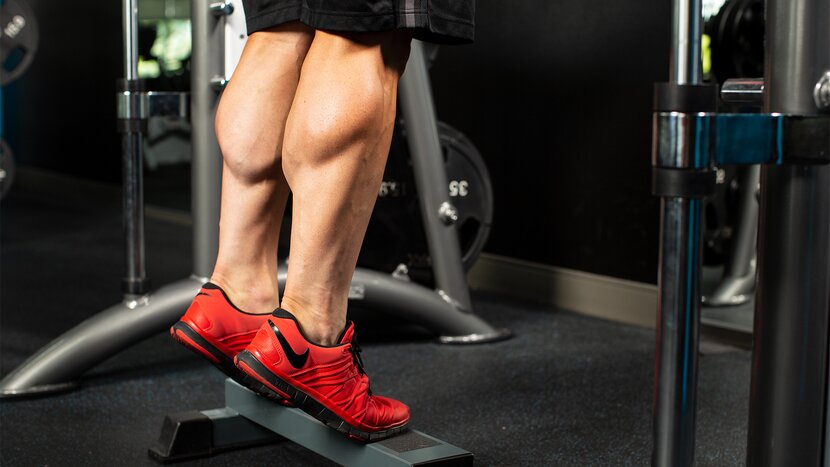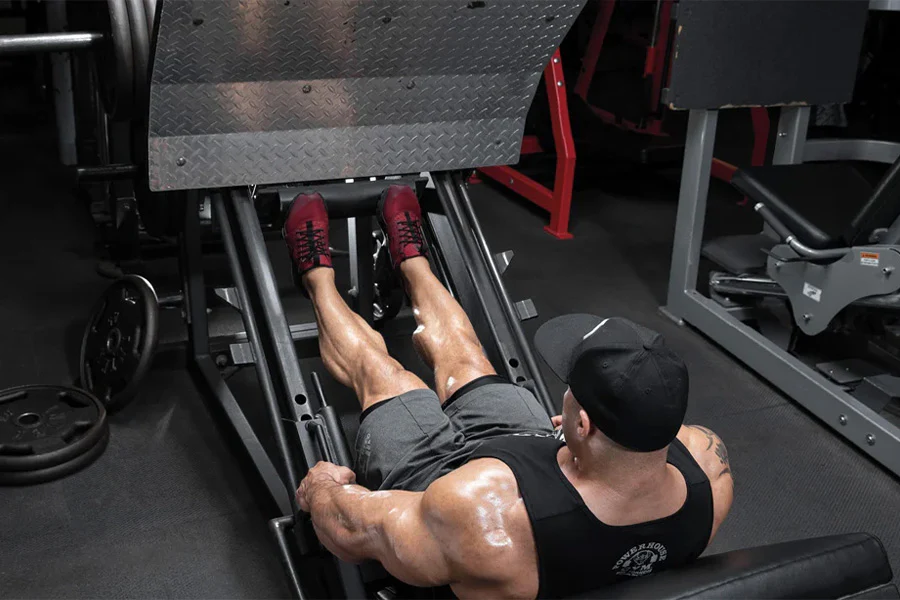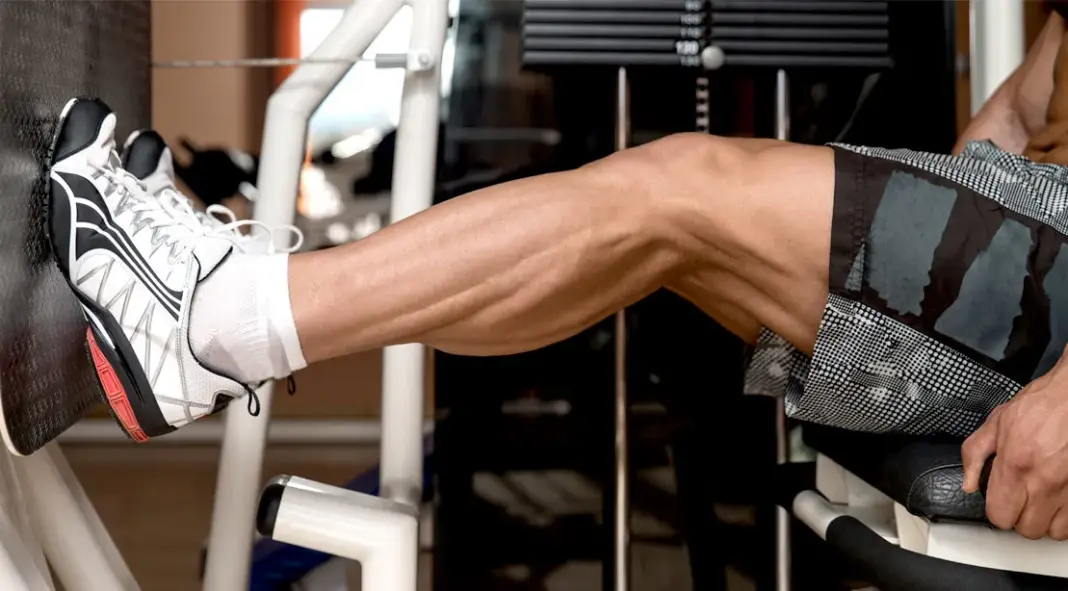Why Your Calves Aren’t Growing (And How to Fix It)
The Real Reason Your Calves Lag — And The Blueprint To Finally Make Them Grow
If you’ve been crushing leg day but still can’t fill out the bottom half of your socks, you’re not alone.
Calves are the most underdeveloped muscle on most lifters, and the gap between upper-body mass and lower-leg development is often painfully obvious — especially under stage lights or in summer shorts.
But here’s the truth, from one bodybuilder to another:
It’s not your genetics. It’s your execution.
You’re likely training calves with less strategy, less effort, and less consistency than your other muscle groups. Most lifters either skip calves entirely, toss in a few half-hearted sets at the end of leg day, or repeat the same ineffective routine over and over.
If you want calves that actually match your quads and upper body, you need to train them with the same focus, intensity, and precision.
In this guide, we’ll break down the most common calf training mistakes, show you exactly how to fix them, and provide a simple, proven protocol to finally get those stubborn lower legs to grow.

Mistake #1: Short Range of Motion
The Problem:
Most calf training looks more like bouncing than lifting. If you’re skipping the full stretch at the bottom and rushing through the top contraction, you’re missing the stimulus needed for hypertrophy.
Why It Matters:
The calves — especially the gastrocnemius — thrive on deep stretches and powerful peak contractions. Bouncing removes muscle tension and shifts the load onto your Achilles tendon and elastic recoil.
The Fix:
- Let your heel drop fully below parallel or step height.
- Pause for 1–2 seconds at both the bottom and top of every rep.
- Slow your eccentric phase to 2–3 seconds — this increases time under tension and forces the muscle to work.
Pro Tip: Stand barefoot on a step and do bodyweight reps with full control — if you feel the burn by rep 15, you’re finally using your calf muscles, not your tendons.
Mistake #2: Training Too Infrequently
The Problem:
Most lifters train calves once a week, if at all. And when they do, it’s usually after they’ve already crushed squats, presses, and lunges — meaning their effort and energy are already depleted.
Why It Matters:
Calves are dense, resilient, and built for daily use (think walking, climbing, jumping). That means they recover fast — but also require frequent, targeted overload to grow.
The Fix:
- Train calves 2–4 times per week.
- Use short micro sessions — even just 2–3 sets after a workout.
- Rotate between heavy, moderate, and high-rep training days to hit all fiber types.
Bodybuilder’s Rule: If you can train your biceps twice a week, you can train your calves three times. Don’t treat them like an afterthought.
Mistake #3: No Progressive Overload
The Problem:
You’ve been doing the same calf workout — same weight, same reps — for the past 6 months. That’s maintenance, not growth.
Why It Matters:
Like any muscle, calves grow when you force them to adapt — which means heavier loads, higher reps, or more tension over time.
The Fix:
- Log your calf lifts just like your big lifts — track reps, weight, and tempo.
- Add 5–10 lbs or 1–2 reps every 1–2 weeks.
- Increase time under tension with slower reps and pause holds.
Strategy Tip: Implement “calf progression blocks” — 6–8 weeks focused on adding load weekly, just like a squat or bench cycle.
Mistake #4: Neglecting the Soleus
The Problem:
If your calf routine only includes standing raises, you’re primarily training the gastrocnemius — and ignoring the soleus, which makes up over 60% of your calf mass.
Why It Matters:
The soleus lies beneath the gastroc and adds overall thickness and density to your lower leg. It’s slow-twitch dominant and responds best to high-rep, controlled, and bent-knee movements.
The Fix:
- Add seated calf raises to target the soleus directly.
- Don’t have a machine? Use a dumbbell on your knee or resistance bands.
- Program both straight-leg and bent-knee exercises weekly.
Bonus Tip: Do your seated raises slow, with long holds at the bottom. These build that deep, hard-to-reach soleus size.
Mistake #5: Poor Mind-Muscle Connection
The Problem:
You push the weight up with momentum or bounce, not by contracting the muscle. That’s joint movement, not muscle work.
Why It Matters:
The calves — like the delts or arms — respond best when you feel them working. Without a strong mind-muscle connection, you’ll never maximize fiber recruitment.
The Fix:
- Reduce weight and focus on slow, strict reps.
- Perform pre-exhaust sets (e.g., bodyweight calf raises with 5-second holds) before heavier work.
- Squeeze the muscle at the top of each rep — imagine “cramping” the calf.
Drill: Stand barefoot, perform 3 sets of 15 slow bodyweight reps with 3-second holds. You’ll immediately feel if your connection is real or fake.
Mistake #6: No Unilateral Work
The Problem:
One calf is bigger, stronger, or more developed — but your training never accounts for it. Over time, the imbalance gets worse.
Why It Matters:
Training both legs together masks strength gaps. And poor ankle/knee balance can even carry over to squats, lunges, and step-ups.
The Fix:
- Add single-leg standing calf raises 1–2 times per week.
- Start with your weaker leg, match reps with the stronger side.
- Maintain strict control — no bouncing or swinging.
Advanced Tip: Try slow eccentric negatives (4–5 seconds down) on one leg for enhanced overload.
Quick Calf Fix Protocol (3 Days/Week)
Want to jumpstart growth right now? Here’s a simple, 3-day-per-week calf program designed for maximum hypertrophy, fiber recruitment, and structural balance.
Day 1: Heavy (Power Focus)
- Standing Calf Raise (Machine or Smith)
4 sets of 8–10- Use heavy weight
- 3-second negative
- 1-second pause at top and bottom
Day 2: Pump (Volume + Tension)
- Seated Calf Raise
3 sets of 15–20 reps- Control the eccentric
- Stretch deeply at bottom
- Donkey Calf Raise or Bodyweight Elevated Raise
2 sets of 20 reps- Focus on full stretch and contraction
- Light weight or bodyweight only
Day 3: Unilateral (Balance & Burnout)
- Single-Leg Standing Calf Raise (Bodyweight or Dumbbell)
3 sets of 12 reps per side- Strict form
- Start with weak leg
- Banded Seated Calf Raise
3 sets of 30 reps- Peak contraction hold
- Slow controlled tempo
Bonus: Daily Microdose Set (Optional)
- 1–2 sets of 20–30 bodyweight calf raises post-workout.
This keeps the calves stimulated and improves frequency without adding full workouts.
Final Word: Calf Growth Comes from Precision, Not Hope
Calves aren’t stubborn. They’re just neglected. You wouldn’t grow your chest by training it once a week with bad form and no progressive overload — so why do that to your lower legs?
To grow your calves:
- Use full range of motion
- Increase training frequency
- Track and progress your loads and reps
- Include both gastroc and soleus variations
- Build a real mind-muscle connection
- Balance your legs with unilateral training
Train your calves like you train your chest or back — with effort, precision, and intensity — and they’ll finally start to grow.
Slow down. Squeeze harder. Train smarter. Stay consistent.
Your calves will catch up — and eventually, they’ll stand out.
🔗 Related Articles:
- The Complete Calf Training Guide
- Best Calf Exercises Ranked by Growth
- High-Frequency Calf Training Blueprint
- Calf Workouts at Home (Bodyweight + Bands)
- Leg Workouts for Mass and Strength



